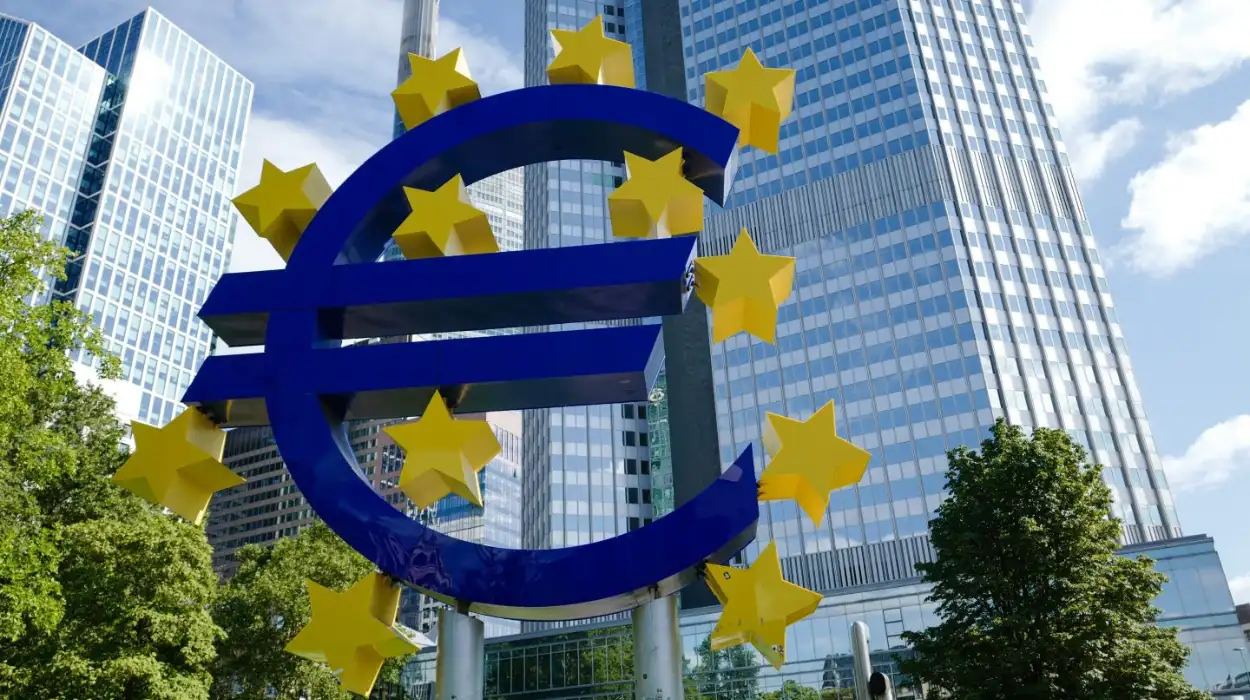USA (Transatlantic Today) – Europe’s economy saw modest growth in the April-June quarter even as the U.S. outperformed expectations, highlighting a persistent transatlantic growth gap. Germany, the leading European economy, remained in the dumps while hesitant consumers saved more rather than spending on new houses or cars.
In contrast, the US economy expanded by 0.7% in the second quarter, for an annualized rate of 2.8%. The boom was fueled by strong consumer spending and significant fiscal support, including budget deficits and business investment incentives under policies like the Inflation Reduction Act.
Consumer Behavior and Fiscal Policies
The divergent economic trends highlight different consumer behaviors and fiscal policies. U.S. consumers are spending freely, supported by government incentives. Meanwhile, European consumers are saving at record levels, and governments are reducing spending to address budget deficits.
Thomas Obst, senior economist at the German Economic Institute, attributes the U.S. outperformance to strong private consumption and higher fiscal policy support, accounting for 25% of GDP. In contrast, Europe has faced higher interest rates impacting lending and economic activity.
According to GlobalNews., Europe’s growth struggles follow a period of stagnation and inflation driven by high energy prices and supply chain disruptions. While some headwinds have eased, Europe continues to grapple with the aftermath, including lagging wage adjustments and the phasing out of government support.
Structural Challenges in Europe
Europe’s economy is growing slower than that of the United States due to long-term issues including higher taxes and stricter regulations. According to economist Salomon Fiedler, Europe must increase productivity and invest in productive capital to catch up.
Germany faces unique hurdles, including complicated regulatory processes, a shortage of skilled labor, and insufficient infrastructure investment. These issues contribute to the country’s sluggish economic performance.
Higher interest rates from the European Central Bank have successfully cut inflation but they have also slowed construction activity and housing market expansion. Despite a 4.3% increase in new automobile sales in the year’s first half, sales are still much lower than pre-pandemic levels.
High Savings and Low Consumer Confidence
European consumers are saving at unprecedented levels, with a prudent savings rate of 15.4% in the first quarter. This high savings rate reflects concerns about future economic stability, despite low unemployment rates.
Consumer surveys indicate a reluctance to make significant purchases, with intentions to buy major items remaining low. This cautious spending behavior continues to influence the overall economic landscape in Europe.


























